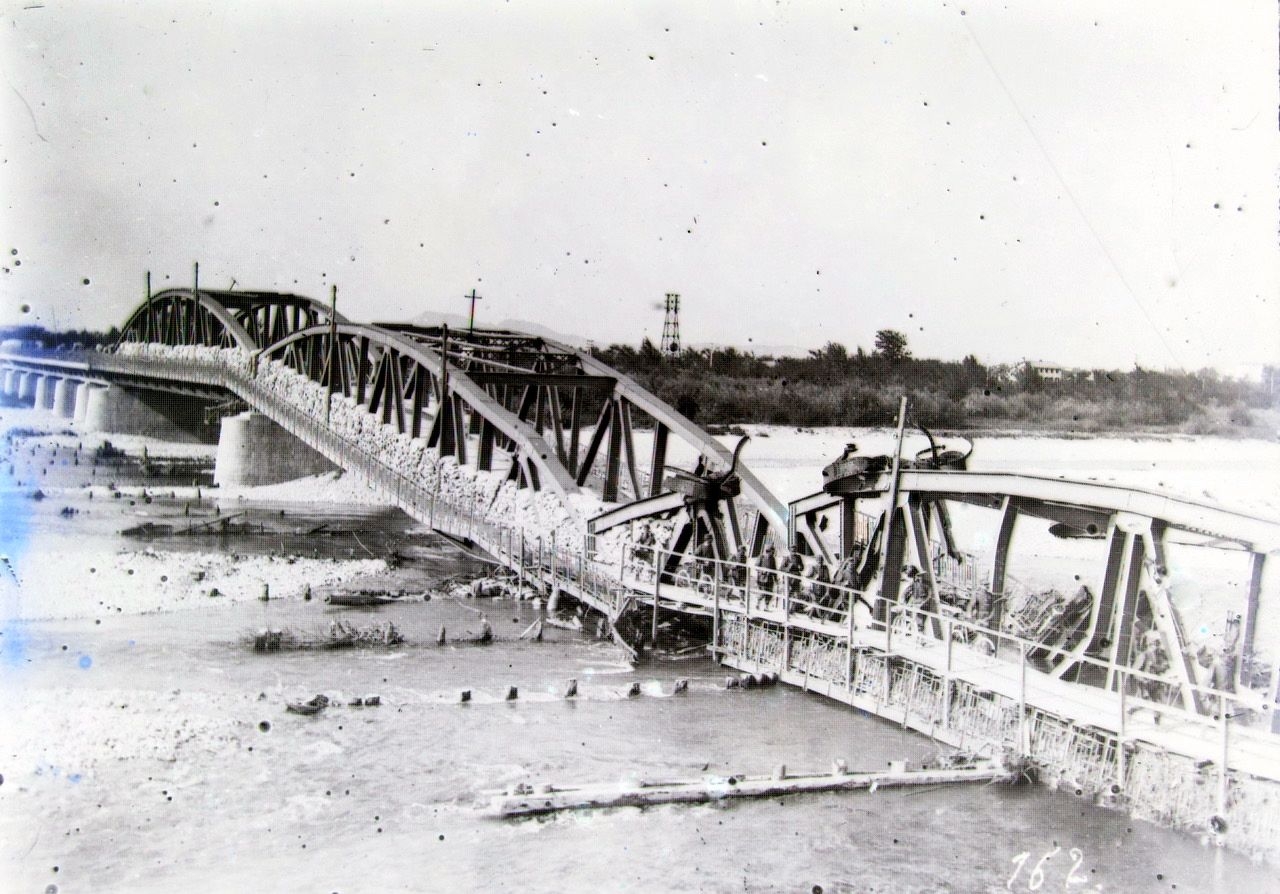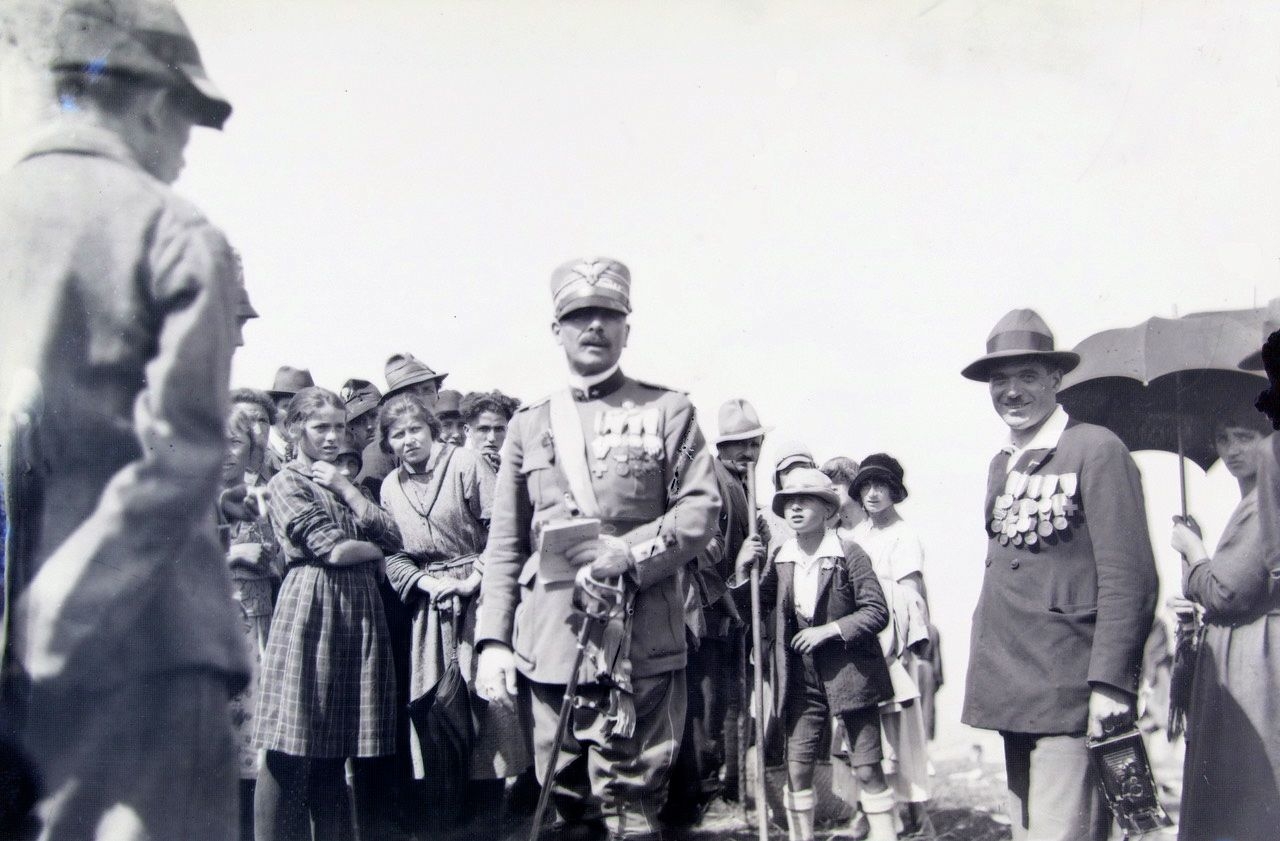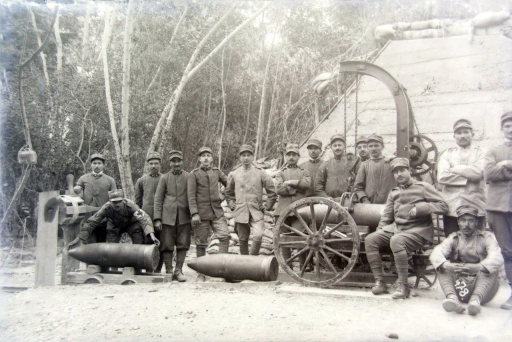Centenary News reader Vick Kristoff has been telling us about his discovery of hundreds of glass photographic negatives, picturing the Italian front in the Great War.
This collection of images, now very fragile, reveals a variety of scenes from the campaign fought between Italy and neighbouring Austria-Hungary from 1915-18.
Soldiers, including senior commanders, are seen posing for the camera, either in groups or more personal individual portraits. Others were photographed on the march. One of the pictures shows a man, possibly an officer, pausing in tribute at a grave. There are studies too of civilians, as well as photos of aircraft, artillery pieces and damaged buildings.
A century later, the photos have come to light in Western Australia after being bought at a garage sale by Vick Kristoff, a retired auditor and enthusiastic collector from Perth. He’s now hoping to find a home for them back in Italy to ensure their conservation as a historical resource.
“Unfortunately, due to the absence of readily identifiable information, I cannot as yet accurately date or identify the locations appearing in the negatives,” Mr Kristoff told Centenary News.
“But I was able to determine that many of the photos involved the Italian 3A Battalion with some dates recorded as 1915 and 1918.”
 Troops crossing a wrecked bridge – date and place unidentified
Troops crossing a wrecked bridge – date and place unidentified
Along with the locations, the photographer is also unknown to Mr Kristoff. He acquired the collection of 670 glass plate negatives in July, from the estate of a deceased Italian-born Australian who had a passion for photography. In addition, there are also scores of plastic negatives and postcards, many thought to be copies of the originals.
The discovery is especially timely in the run-up to this month’s centenary of the Battle of Caporetto, the crushing defeat suffered by Italy at the hands of the Central Powers in October 1917.
Mr Kristoff has offered to donate the pictures to the Italian War Museum in Rovereto, so that they can be preserved for research and as a legacy for future generations.
“I have no idea whether these plates are of any historic interest as there may already be many copies within the public domain via Italian museums, government archives or the like,” he said.
“Unfortunately, it is difficult to determine this solely by undertaking Google searches which, to date, have proved unhelpful.
“However, in the event that the images represent previously unseen pictures, they may prove to be of significant value in strengthening the public’s understanding of the Italian military’s involvement in WW1.”

A senior officer – possibly General Armando Diaz – attracts the interest of these civilians. Diaz succeeded General Luigi Cadorna as Italian army chief after the disaster at Caporetto.
Vick Kristoff was speaking to CN Editor Peter Alhadeff
